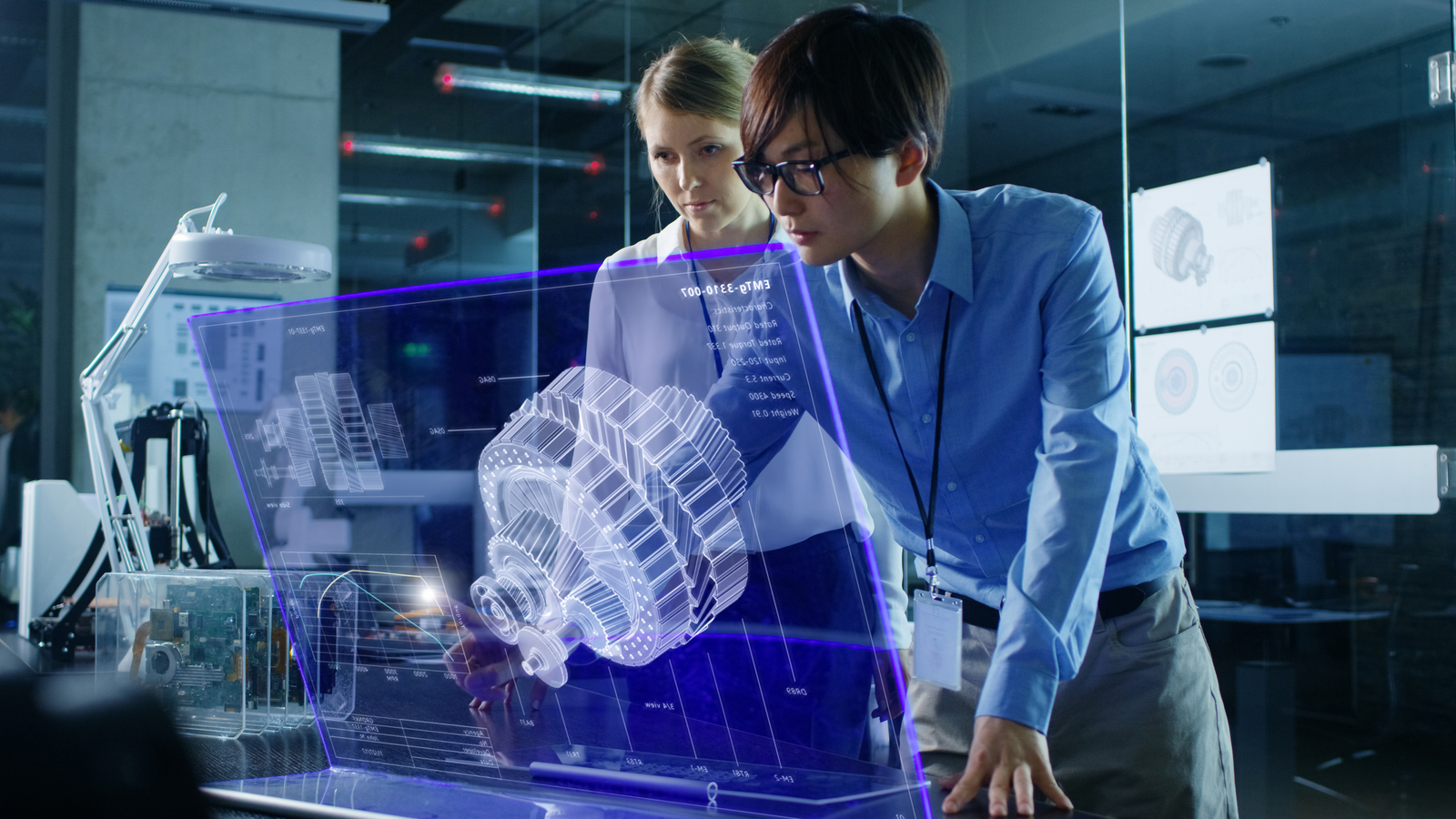What We Know
We've collected articles from our engineers and subject matter experts on a variety of topics. Whether it's explaining scientific concepts, detailing how to use advanced materials to solve engineering problems, or discussing the latest industry trends, you'll find it all right here.


